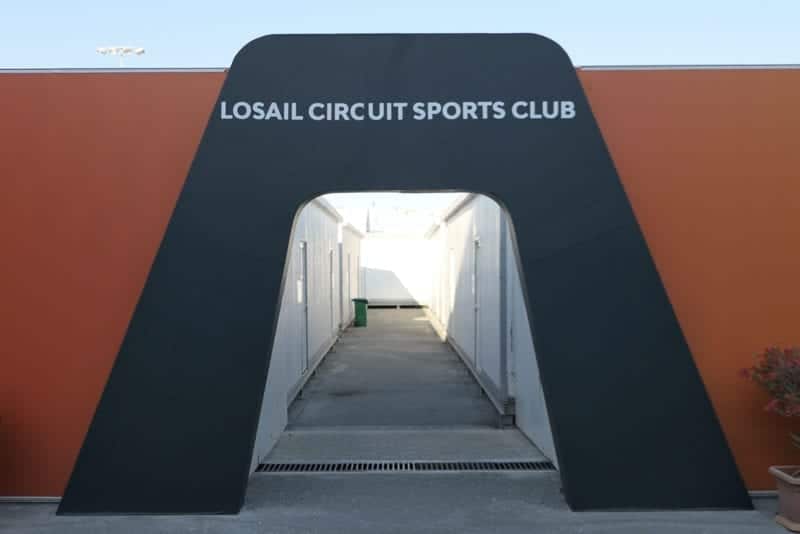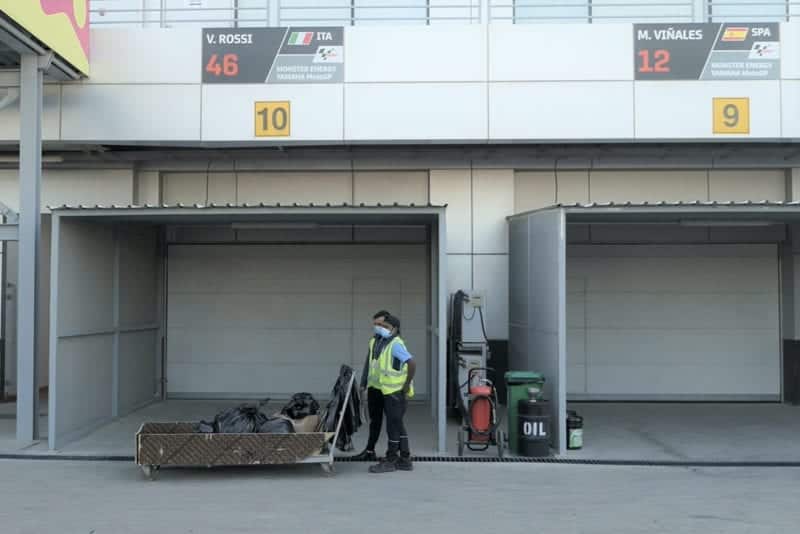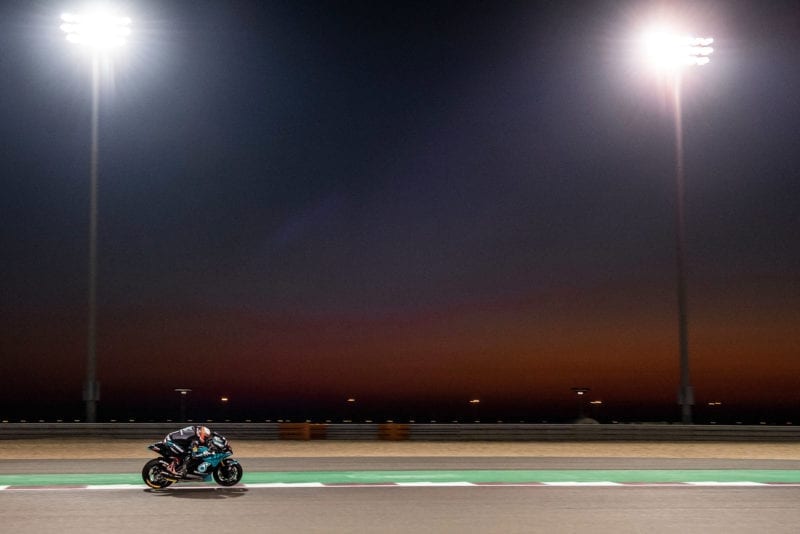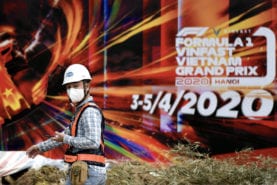The Qatar GP has been the weirdest weekend of the MotoGP season since 2004 and this year it was weirder than ever.
Coronavirus had threatened the season-opening round for several weeks. By the weekend before the race it seemed MotoGP might just get away with it, because once the riders and teams were in the country the race would surely go ahead.
Aprilia’s Aleix Espargaró was already on his way and other riders were packing their bags to head for the desert when everything changed on the afternoon of Sunday March 1. The Qatari authorities further tightened travel restrictions, denying entrance to anyone arriving from Italy, unless they went into quarantine for a fortnight.
MotoGP is unlucky that Italy is so badly affected by coronavirus, because five of 22 riders and five of 11 teams are based in the country.
Dorna came up with a solution to the problem, determined that the show must go on. The plan was to charter a plane to fly to Doha from Nice in the south of France, carrying the Italian riders and skeleton crews from the Italian-based teams. Dorna hoped the Qataris would allow some kind of dispensation for paddock people, but none came.
Thus there was no option but to cancel the main event, while the Moto2 and Moto3 races were able to go ahead because riders and teams were already in Qatar completing their preseason testing. On Sunday evening the smaller classes raced as hard as ever – the Moto3 race top ten covered by 0.8 seconds and the Moto2 podium by 1.5 seconds.

The usually bustling MotoGP paddock area at Losail
Oxley
The paddock at Losail is never the buzziest of the championship, but throughout the corona grand prix it was eerily quiet. After two fascinating preseason MotoGP tests at Sepang and Losail the feeling of anti-climax was huge, like Led Zeppelin failing to show for their farewell concert, leaving the support bands to take the stage in their absence. The gods weren’t coming to play…
At the start of the weekend the last of the MotoGP freight – all 44 bikes plus team kit – was cleared out of the garages and taken to a secret location in Doha, where it will stay in a temperature- and humidity-controlled warehouse, awaiting its next call, whenever or wherever that may be.
Last weekend the paddock was no longer that comfy bubble where you can escape the trials and tribulations of the real world, because the bubble had been punctured by the real world. For once rumours and gossip came from outside the paddock, not from inside the garages.
On Friday came the news that Austin’s huge South by Southwest music and arts festival, scheduled to take place shortly before the grand prix of the Americas at Austin’s COTA circuit, had been cancelled. The City of Austin had declared a state of disaster – to give the authorities greater powers – and ordered the cancellation of the event.
By Saturday the situation in northern Italy was so bad that the government put a quarter of the country’s population into quarantine, in an effort to prevent the virus spreading further. On Monday the lockdown was extended to the entire country, so not only are Italian MotoGP riders and crew unable to travel before next month at the earliest, the same goes for Italian Moto2 and Moto3 riders and crew who returned home after Qatar, anxious to be with their families in these difficult times.
The Grand Prix of the Americas, scheduled for April 5, has now been postponed, leaving Argentina as the next race on April 19, but events are moving so fast that no one knows what will happen next. In fact, events have overtaken MotoGP so aggressively they should be reported to race direction.



